Background
Volatilization of oil and gas is one of the potential unsafe factors of many gas stations. In the process of unloading and refueling, in addition to the evaporation loss of oil and gas, the toxicity of oil and gas harms personal safety and causes air pollution which is also the most concerned issue today.
According to the 2013 CARB oil and gas recovery certification program CP201, an online monitoring system is required for gas stations with an annual sales of 600,000gallons of gasoline oil.
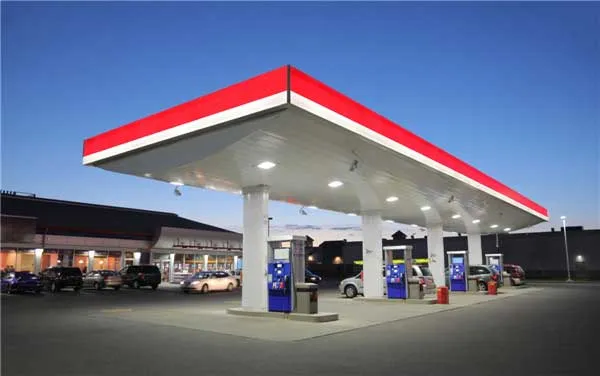
Oil and Gas Safety Online Monitoring System
Function Introduction
The online monitoring system is a combination of a series of equipment for on-line monitoring of oil and gas recovery operating parameters based on the oil and gas recovery system. The system functions mainly include fault monitoring, data transmission, over-standard alarm, and forced shutdown, etc. According to the requirements of DB11 208, the online monitoring system needs to be able to monitor the gas-liquid ratio in the process of refueling oil and gas recovery, the airtightness of the oil and gas recovery system and the liquid resistance of the pipeline, and record, store, process and transmit the monitoring data.
The key to oil and gas recovery is to maintain an appropriate gas-liquid ratio (China's regulation is 1~1.2). The gas-liquid ratio is mainly adjusted by the opening degree of the mechanical or electronic gas-liquid proportional control valve. During the operation of the gas station, due to the frequent opening of the vacuum pump, the airflow has a certain impact on the regulating valve, and the gas-liquid ratio is more sensitive to the opening of the valve which will result in drift phenomenon. Therefore, it is necessary to monitor the real-time gas-liquid ratio through the online monitoring system. In addition to the gas-liquid ratio, airtightness and pipeline liquid resistance are also important parameters of the oil and gas recovery system and require real-time monitoring.
Systematic Structure
The main components of the online monitoring system:
1. Field instruments (including pressure sensors, gas flow meters, concentration detectors, etc.) installed on each pipeline of the gas station;
2. Data collector (for collecting fueling pulses, oil, and gas flow pulses, pressure signals, concentration signals, etc.);
3. The monitoring machine inside the gas station (on-line detection software for monitoring machine operation).
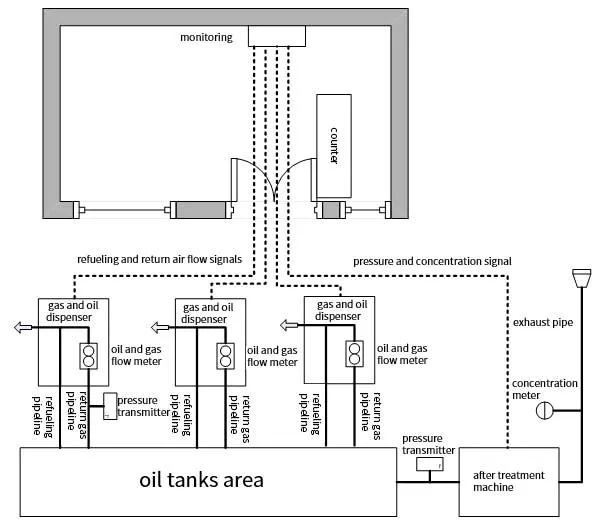
(Installation diagram of equipment for online monitoring system)
To monitor the return volume of each refueling operation, the gas flow meter of the online monitoring system is installed on the gas path within the dispenser. As for the pressure sensor, it is directly installed on the gas path connected to the underground storage tank. This can be either at the return gas header located at the bottom of the tanker or at the inlet of the after-treatment device. Located within the fuel dispenser, the data collector is responsible for gathering fueling pulses, return air pulses, and pressure signals. These collected data are then transmitted to the monitoring machine through a communication cable for further processing.
Pressure Transmitter for Oil and Gas Recovery Systems
The key to gas station oil and gas recovery system is the closed recovery of oil and gas. Pipeline pressure is a key monitoring content. Through the trend of system pressure and pressure changes, it is judged whether the current oil and gas recovery system is leaking, whether the pressure vacuum valve is blocked, or whether the post-processing equipment work normally. The application of the pressure transmitter on the oil and gas recovery system is shown in the figure:
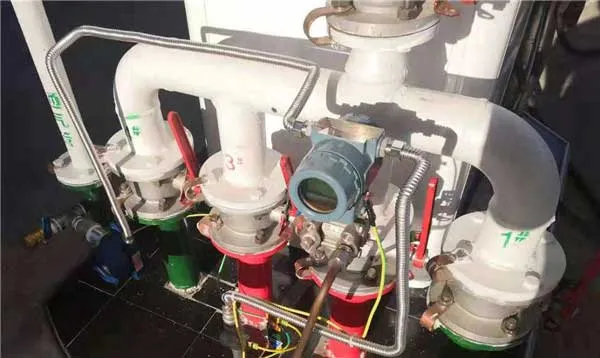
local site
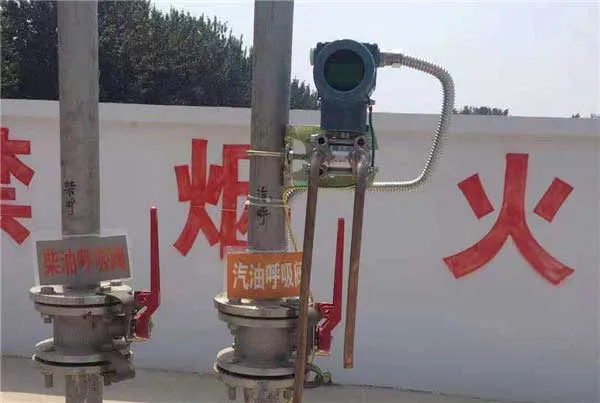
local site
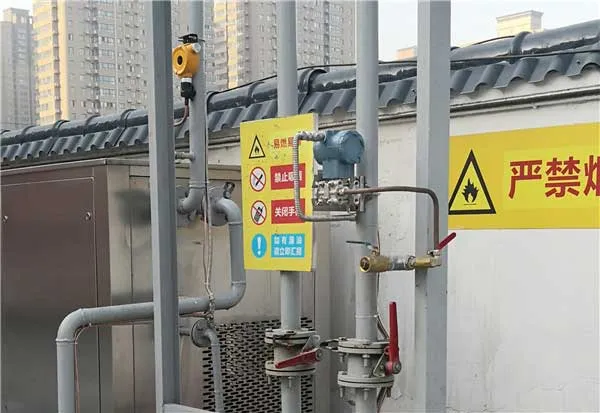
(local site)
Contact Us
The application of intelligent pressure transmitters in oil and gas recovery systems requires specific reference to the actual situation. Our technical team will provide you with the best product solutions based on the site environment. Feel free to contact us via sales@microsensor.cn or leave us messages.
Previous Posts:Farseer Wireless Level Transmitter
Next Chapter :Brief Overview of Pressure Sensors


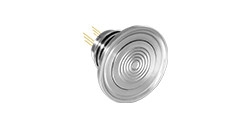

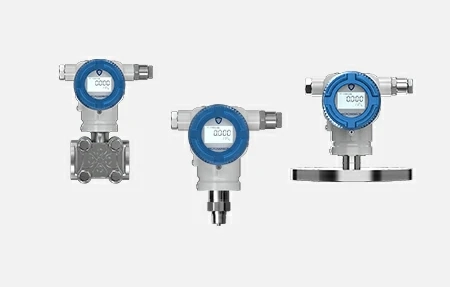

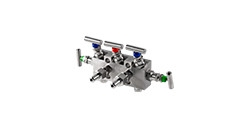
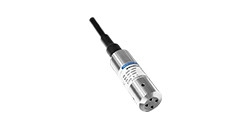
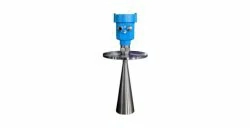


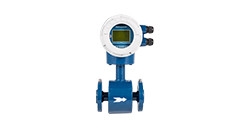
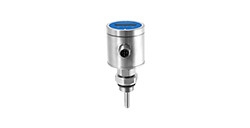

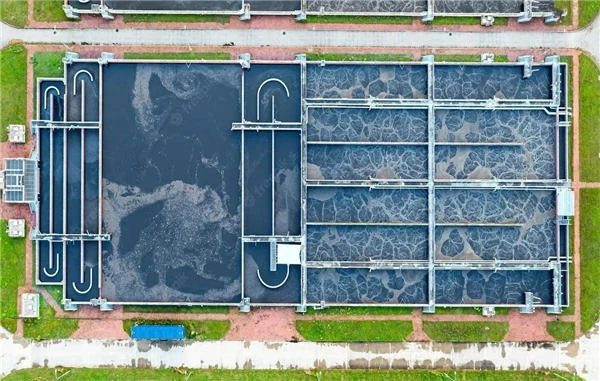
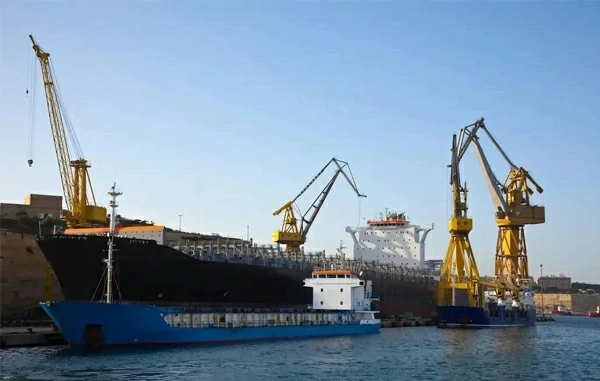
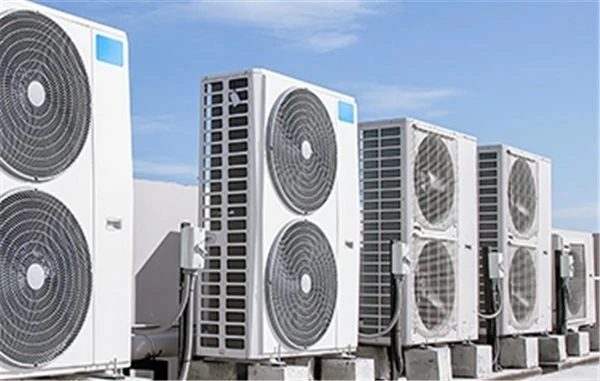

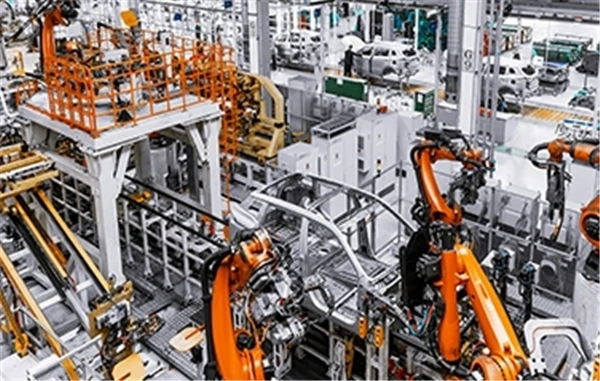
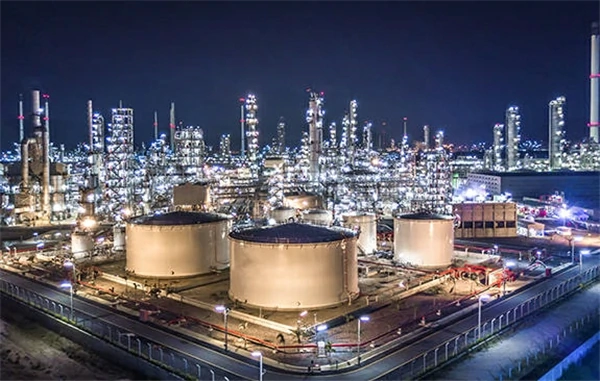
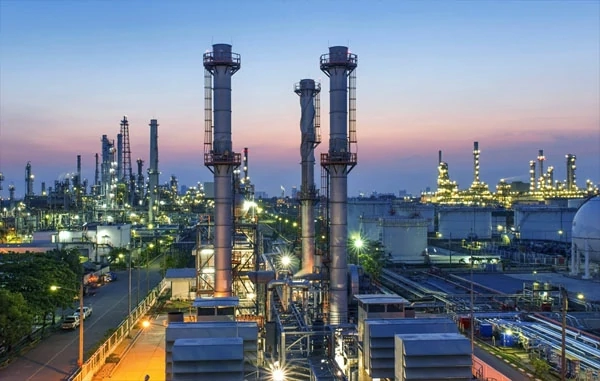
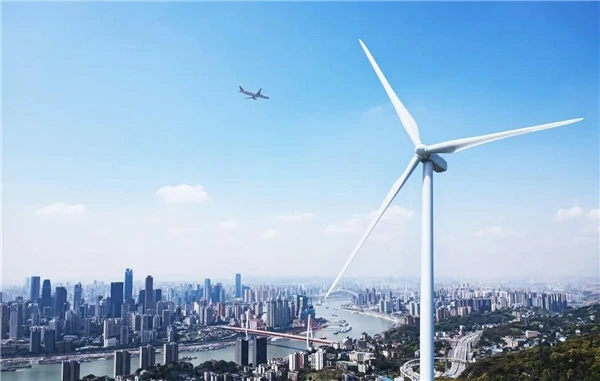
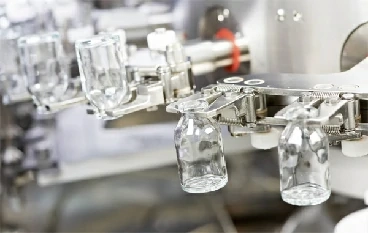
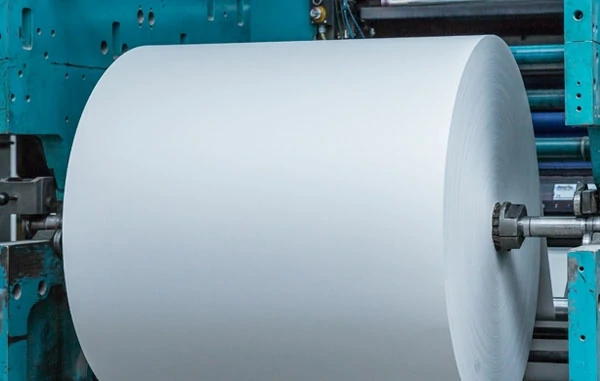
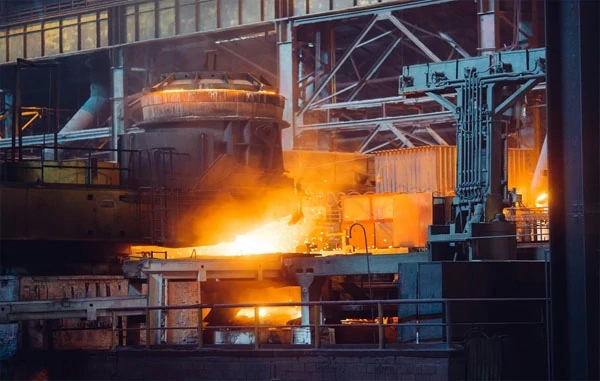
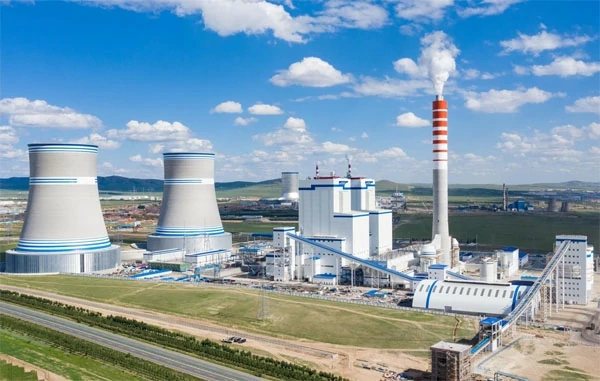
 Copyright © 2025 MICRO SENSOR CO., LTD
Copyright © 2025 MICRO SENSOR CO., LTD



